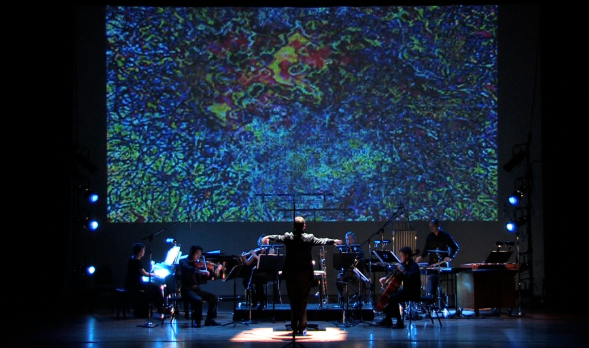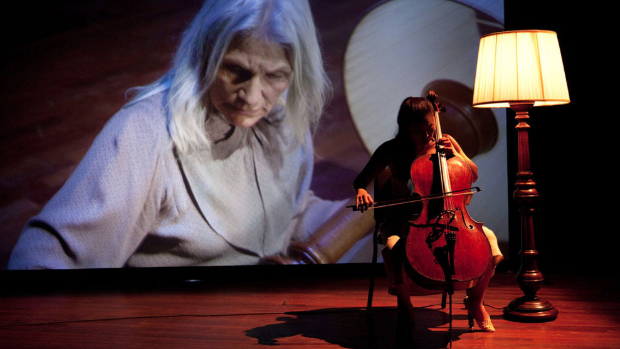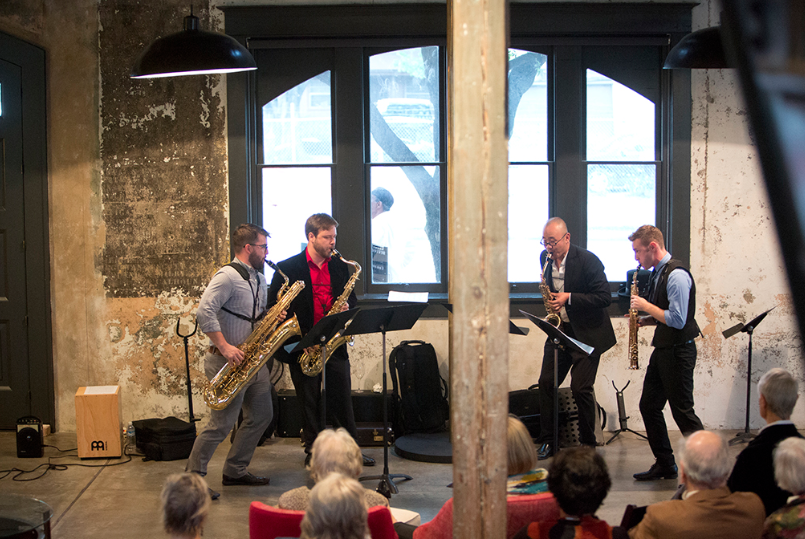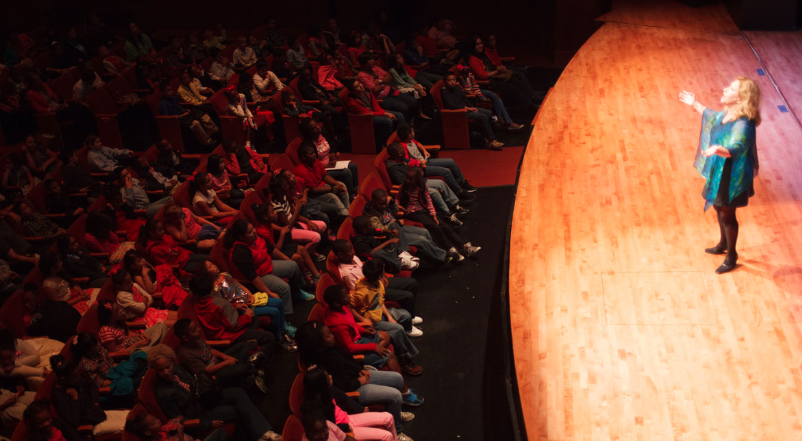Musiqa Houston: Sebastian Currier's Deep Sky Objects - watch the interview, read my review
Buy the CD
Visit Musiqa Houston
Visit composer Sebastan Currier’s website
Visit poet Sarah Manguso’s website
Visit soprano Karol Bennett’s website
Download a PDF of the review
Listen to Satellite from Deep Sky Objects
Founded in 2002 by four composers including Artistic Director Anthony Brandt, Professor of Composition and Theory at Rice University’s acclaimed Shepherd School of Music, Musiqa Houston celebrated its fifteenth season in 2017 as the city’s leading contemporary music ensemble in style, with the release of its first CD, which also commemorates the ensemble’s first ever commission, Sebastian Currier’s 2010 Deep Sky Objects for Soprano, Chamber Ensemble and Electronics. With this recording, Musiqa Houston has effectively entered the big leagues.
A world-class artistic achievement, boasting a high standard of technical execution and sound design by Chapman Welch with computer performer Ben Krause, Deep Sky Objects pairs a superb piano quintet of Houston’s finest - violinists Maureen Nelson and Lisa Burrell, violist James Dunham, cellist Lachezar Kostov and pianist Tali Morgulis - with Houston-based soprano Karol Bennett. Pre-recorded electronic sounds, some imaged by the composer, others courtesy of NASA refresh the soundscape.
The result in ten short movements, is a work of transcendent otherworldly beauty that fully realizes American author and poet Sarah Manguso’s cycle of meditations on intergalactic longing and desire.
A tinkling patina of discreet electronic sounds evocative of conversational asides from R2D2 pass back and forth and around Manguso’s descriptive libretto on the subject during the first movement, Satellite. The vitality of Currier’s electronic coloration aesthetic for Clouds, the second movement, delivers gossamer, dreamlike sound imagery over a beautifully diatonic chorale of meditation and mystery in low strings.
Manguso’s text, I’m tired of what I see, like an eternal sleep being invoked, stretches aural imagery to stunning and instantly identifiable effect; floating, non-aggressive wisps and layers of delicate sound - just what a cloud should be.
More insistent piano quintet writing informs the narrative of Storm, the third movement of Deep Sky Objects. Currier’s deft use of electronic sounds to emulate percussive effects, his powerful evocation for soprano Bennett of Manguso’s text:
The fire the sky lets go of
Is my body,
Is my voice,
Is the storm the sky turns into,
propels the action forward; pulse and ensemble unison urgency studded by disturbing electronic talismans of shattering glass - breathtaking. The fourth track, Star, is also psychically unsettling, as inert male voices intone zeros and ones in an emotionless, monotonic babble that is the stark underbelly of our electronic age.
Currier masterfully creates a sense of great distance with his soundscape for Time, the fifth movement. Discreetly summoning waltz motifs, a wink at Kubrick’s iconic 2001: A Space Odyssey perhaps, the composer accommodates the dance of Manguso’s certainty:
My arms in space
Hold you in time—
I know they do.
Movements six and seven - Space and Light - represent at least to this listener, a temperamental sea change for Deep Sky Objects. A gorgeous lullaby of painful regret, Space is passionately human, expressed eloquently by cellist Lachezar Kostov and soprano Bennett:
My face touching your face—
I remember it.
It was so real.
I know it was.
Light is an entirely fresh soliloquy for soprano and electronics, a mellifluous recitativo, that allows soprano Bennett to spin out-of-body sensual webs of eternal longing to Manguso’s riveting simile:
A song moves across the black world forever,
Which is how I love you.
Want is the most frenetic movement of the cycle. Currier masterfully employs his electronic wizardry to color without cloy, the piano quintet’s purposeful and solid playing, the fervor sustained until Bennett has intoned her last phrase:
But longing for you,
Feeling this fire,
Is the real paradise.
after which, the entire musical construct seems to crash downward, obliviating itself. Incredible.
The penultimate movement of Deep Sky Objects is Belief. Poignant as Schubert’s lieder, with a 21st century sprinkling of electronic fairy dust and avian twitters for added beguilement, Manguso’s mantra - I can live in the world/With your love - gains strength by virtue of its sweet logic:
The incomprehensive impossible light—
I can see it now.
Opening with the enthralling electronic emulation of cosmic winds heard earlier in the cycle, Duet is night sounds (crickets) and the comforting chords of epiphany and resolution. Despite an eternity of distance between Manguso’s lovers:
Wherever you are
I am
Whenever you are I am
Karol Bennett’s sultry-plaintive, expression-filled voice, in superb concordance with the master piano quintet assembled for this recording project - Nelson, Burrell, Dunham, Kostov, Morgulis - have known Deep Sky Objects since its inception and that performance familiarity has bred a sensitive consciousness about Sarah Manguso’s powerful libretto of love and Sebastian Currier’s passionate music of the spheres. The recording is an artistic and sound engineering coup de théatre.
Daniel Kepl | Performing Arts Review
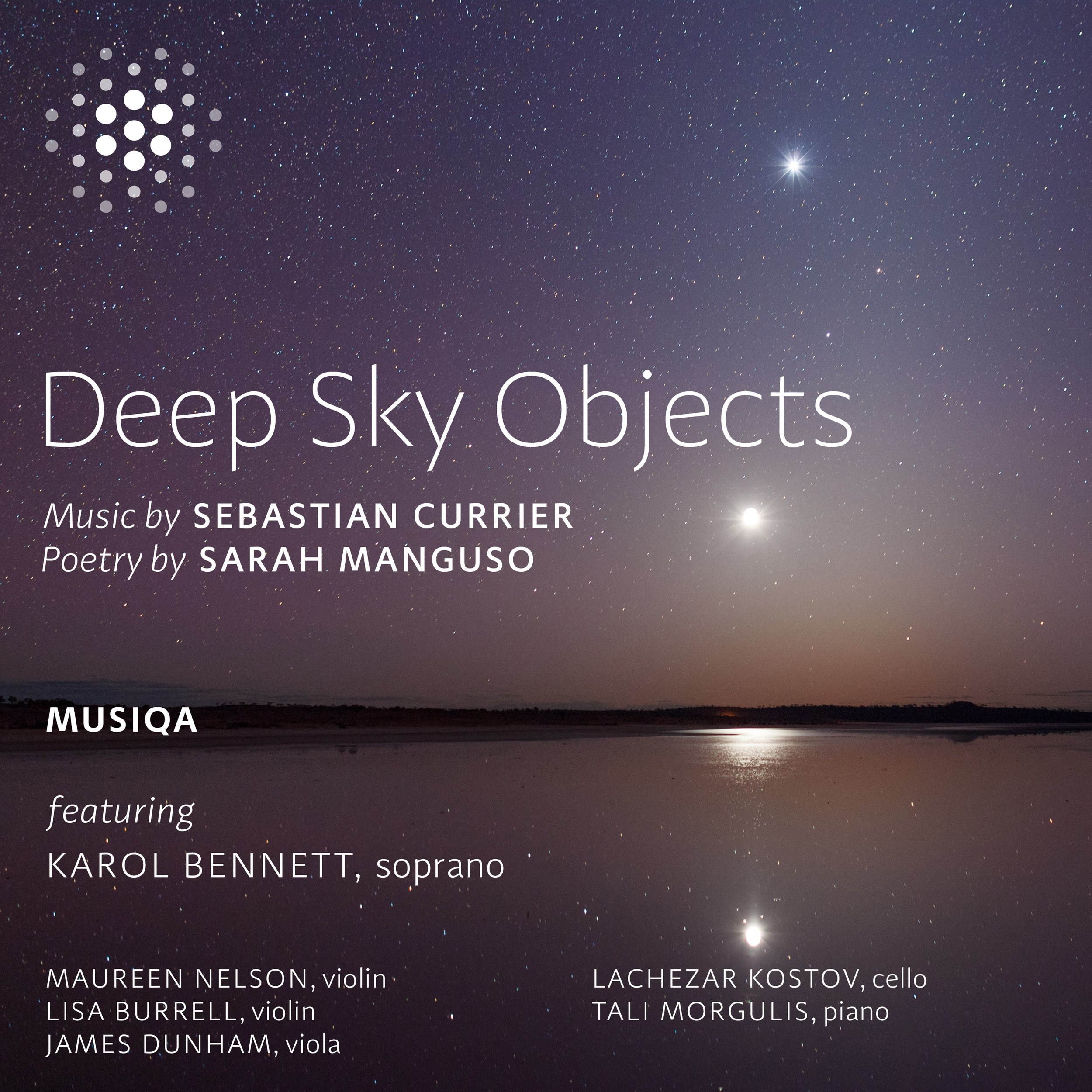

American composer Sebastian Currier discusses his Deep Sky Objects for soprano and chamber ensemble

MUSIQA - Interview with Artist Director Anthony Brandt
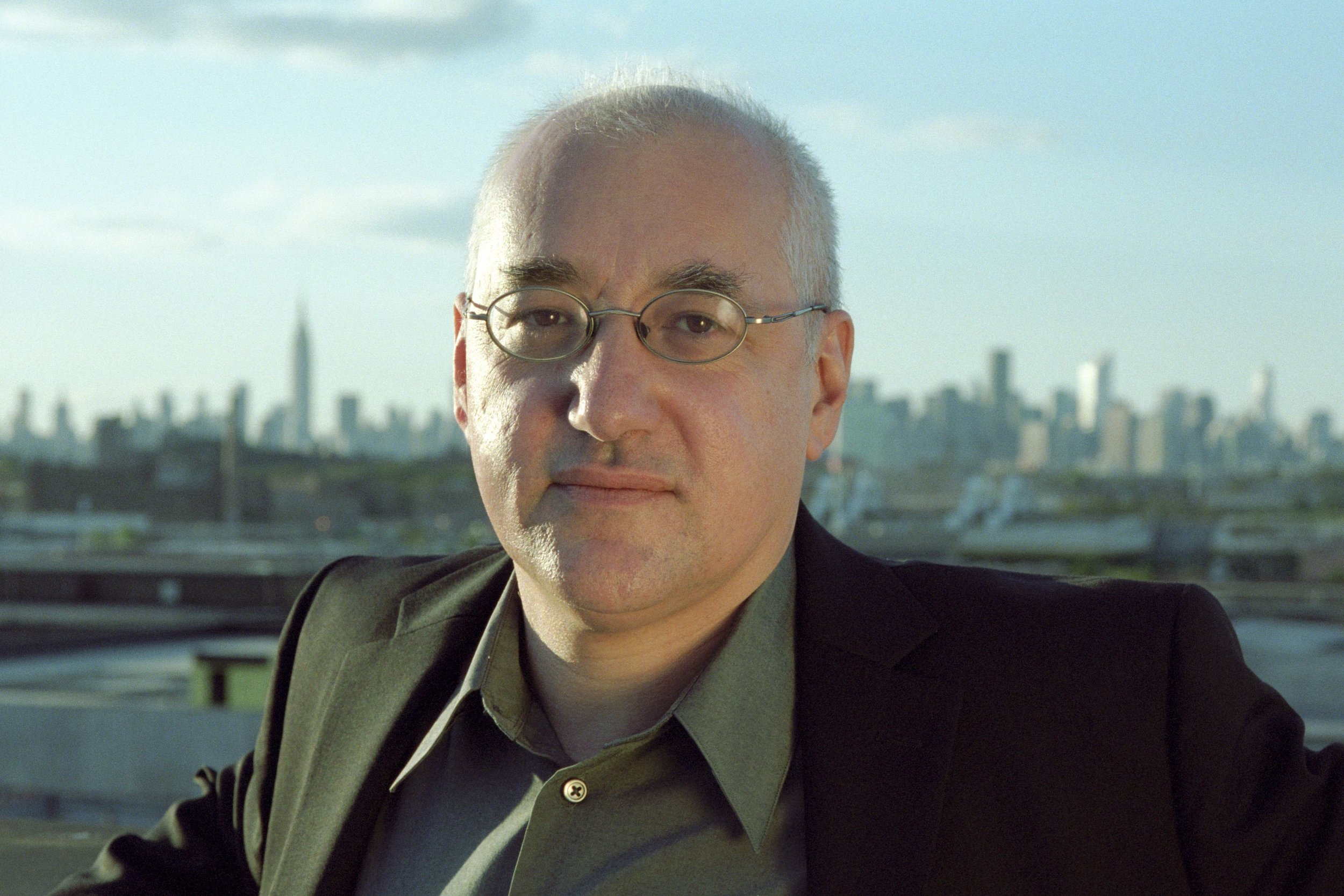
American composer Sebastian Currier - photo by Jeffrey Herman
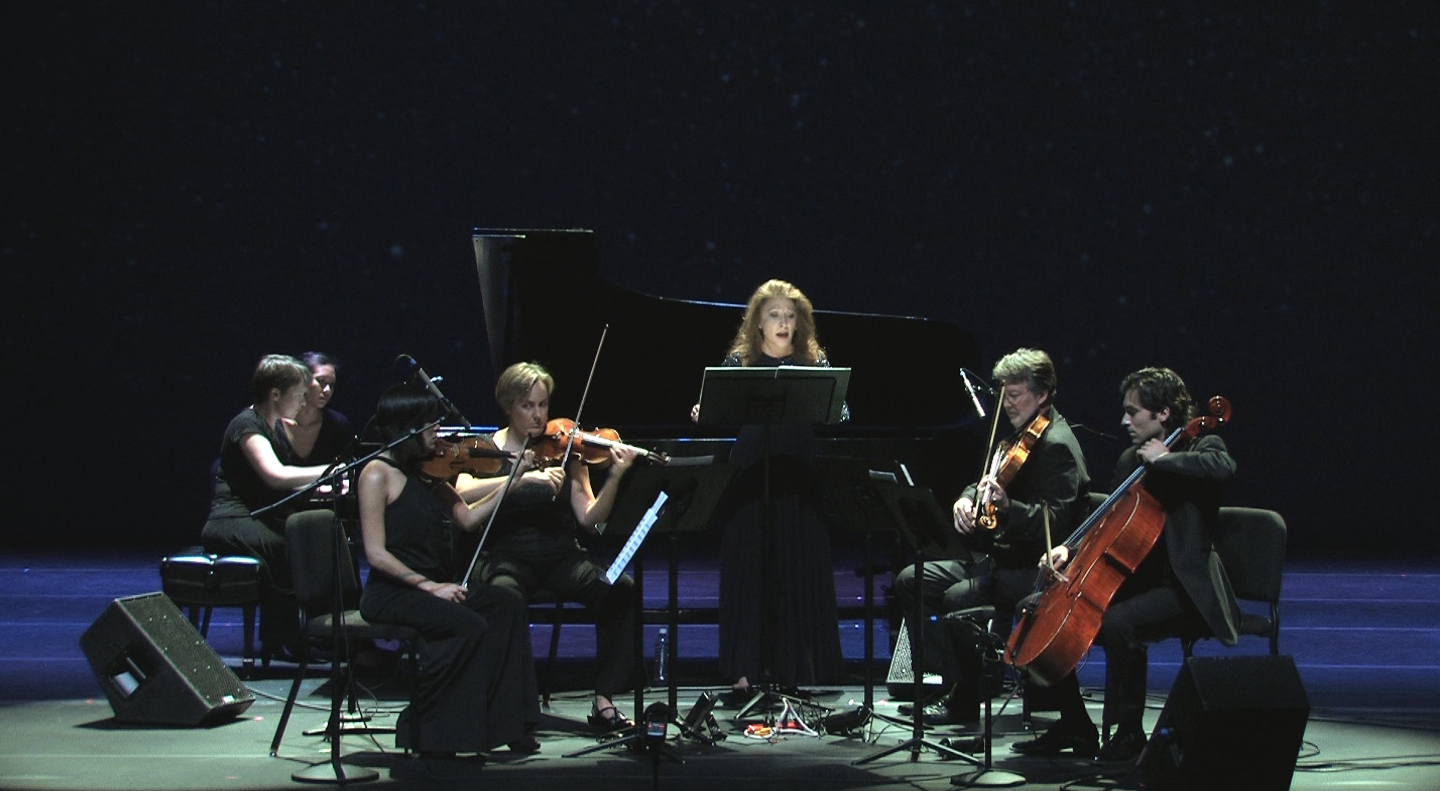
Left to right: pianist Tali Morgulus; violinist Maureen Nelson; violinist Lisa Burrell; Soprano Karol Bennett; violist James Dunham; and cellist Lachezar Kostov

Soprano Karol Bennett
